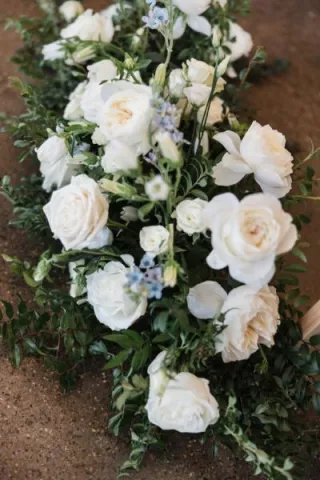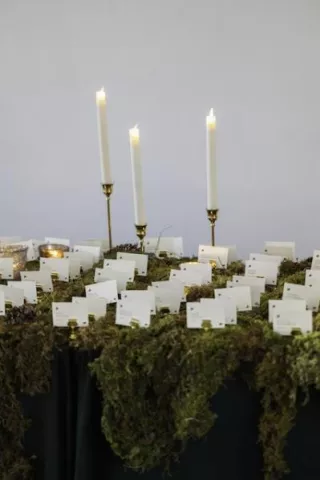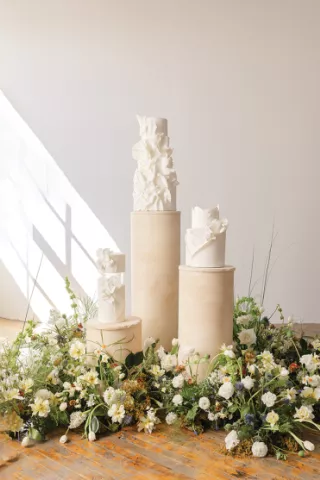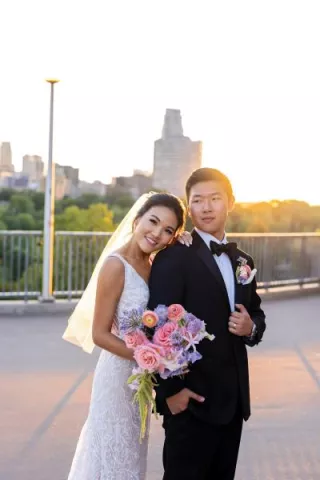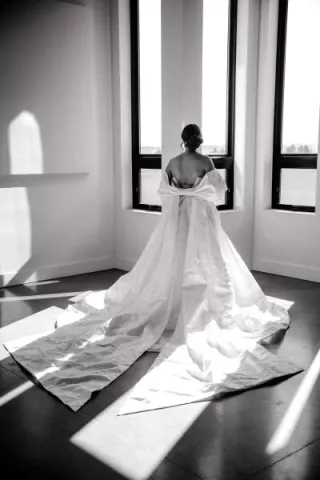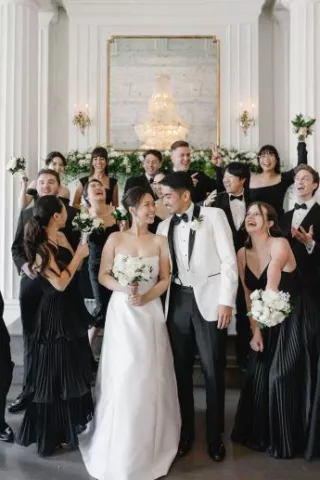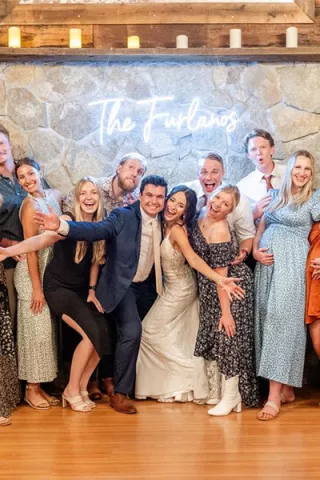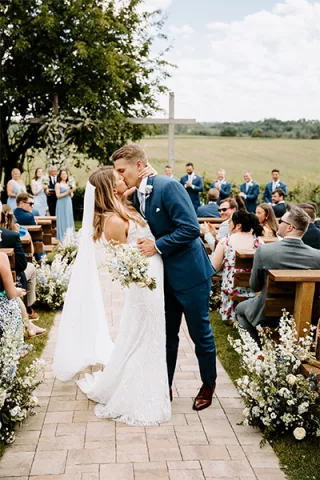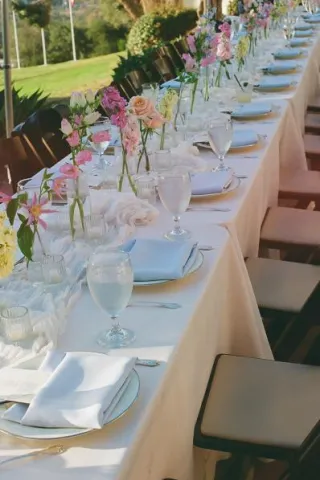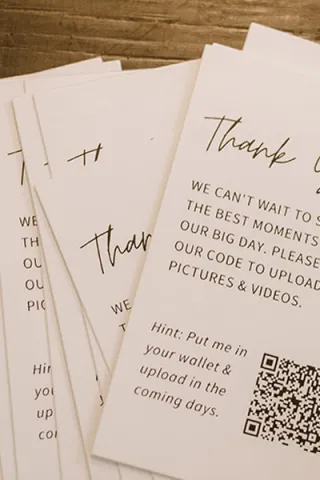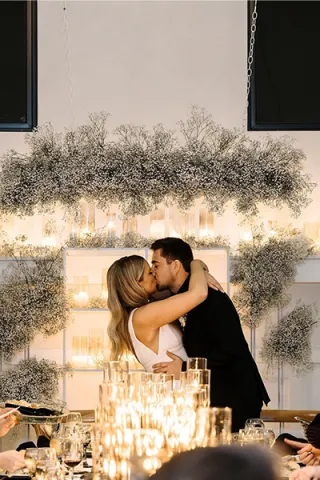Local wedding photographer Shelley Paulson has spent many-a-weekend nights capturing lasting memories for brides and grooms. Here are her top 10 tips to help your wedding photographer
create his or her best work:
1. Consider the light and backdrop of your getting ready room A cluttered Sunday School room with toys on the floor and posters on the wall, no windows and fluorescent lighting is going to create a challenge for any photographer. Not only will it be difficult to find a clean background for your photos, the light will be flat and off-color. Instead, you might think about getting ready at home or in a hotel room where there is ample light and a cleaner background. But make sure that you tidy up before the photographer arrives!
2. Provide ample time for portraits You don’t want your wedding day to feel hectic or rushed, so work with your photographer when you set your schedule. This will ensure you have enough time for relaxed portrait sessions, especially of the two of you alone.
3. Light your dance Keeping some room lights on during your dance can help your photos in two ways. First, the photographer’s camera will have some light for focussing. Second, there can be more depth to your photo because you will be able to see more of the what was in the background of your reception venue. Another little bonus is that guests who choose not to dance will still have enough light to enjoy time together and for picking up their belongings when they go home for the evening.
4. Have your hair and makeup professionally done You will be photographed more on this day than probably any other day in your life, so it’s a good idea to have your hair and makeup done by a professional. Have tests done of both to make sure that even though a professional is doing it, you still look like yourself.
5. Choose a longer veil I like to suggest to my brides to choose a longer veil, as they can add a beautiful element to photographs when filled with sunlight and blowing in the wind.
6. Check with the venue about photography restrictions Most churches and ceremony venues will tell you ahead of time what restrictions, if any, they have for photography during the ceremony. If these are not communicated to the photographer, and the photographer breaks them, things can get ugly and create unnecessary tension on your wedding day.
7. Alert your photographer to key moments Key moments like the grand march, first dance and cake cutting can happen seemingly without warning. Make sure your photographer is aware and ready when they are about to happen.
8. For outdoor weddings, consider the time of day Having your wedding outdoors at noon in summer is going to pose a lot of lighting challenges for your photographer. At least one of you is likely to be squinting into the sun during there ceremony, which is not only unflattering in photographs, but very uncomfortable! Consider choosing a time either earlier in the morning or later in the afternoon or evening when the light is softer. You might also look for a large area of shade for your ceremony to take place in. Shade is comfortable for both you and your guests and creates soft, even lighting for everyone.
9. Choose an experienced videographer Photographers and videographers have very similar goals for the wedding day. Experienced photographers and videographers generally know how to be professional and work together so that they aren’t stepping on each others toes all day. If you’re going to have both, it is recommend to give one the lead role, so that in a situation where they are both trying to get a specific shot from a specific angle, the other knows to give the lead priority.
10. Relax and enjoy your day Your wedding day should be one of the best days of your life! It can also be one of the most stressful. I have found that couples who are able to “let go” of their wedding stress and just relax enjoy their friends, family and each other tend to have the best photos.
For more of Shelley's work, see this Irish-themed wedding and these beautiful day-after wedding photos she captured.
